Deck aircraft in World War II: new aircraft. Part II (b)
Fighter "Chance-Vout" F4U "Corsair" was considered the best American carrier-based aircraft in its class. The development of the fighter, designed to replace the F2A "Buffalo" and F4F "Wildcat", began in the 1938 year. His first flight "Corsair" made in May 1940 year.
Fighter "Chance-Vout" "Corsair" Mk.I (F4U-1) (Fig. Site wardrawings.be)
A single-engine all-metal fighter received a low-lying wing with a characteristic “reverse gull” break, which possessed better aerodynamics and reduced the length of the main landing gear, in addition, it facilitated an emergency landing for the pilots.
Fighter "Chance-Vout" F4U-4 "Corsair" with a characteristic wing fracture at an air show, July 2006 (Photo by www.jetphotos.net)
The serial production of the first Corsair model, the F4U-1, was launched in June 1942 of the year, but it did not hit the decks of aircraft carriers. Poor visibility from the cockpit, the tendency to collapse on the wing and stall into a corkscrew, as well as the hard depreciation of the landing gear pillars made it impossible for an ordinary pilot to land on the deck of an aircraft carrier without a crash. F4U-1 entered service only coastal squadrons of the Marine Corps.
Fighter "Chance-Vout" F4U-1А "Corsair" (Fig. Site wardrawings.be)
In October, the first deck modification of the Corsair, the F1943U-4A, was launched in the 1 series. After a number of improvements, the main drawbacks of the previous model were eliminated: improved view from the cockpit by installing a cockpit canopy and raising the pilot's seat, reducing the rigidity of the chassis shock absorbers while increasing their travel.
Fighter "Chance-Vout" F4U-1D "Corsair" (Fig. Site wardrawings.be)
In addition to F4U-1А, F4U-D (in series from December 1943) and F4U-4 (production started at the end of 1944 and ended only in 1947) became the main and massive deck modifications of the Corsair.
Fighter "Chance-Vout" "Corsair" Mk.II (F4U-1A) (Fig. Site wardrawings.be)
Deck Corsairs F4U-1A, supplied to the UK, were named “Corsair” Mk.II, Mk.III (for F3A-1) and Mk.IV (F4U-1D / FG-1D). To meet the growing demand for a new fighter, its production was additionally deployed at Brewster (F3A) and Goodyear (FG).
Fighter "Chance-Vout" "Corsair" Mk.IV (F4U-1D) (Fig. Site wardrawings.be)
The F4U-1 "Corsairs" were initially equipped with 2000 horsepower engines, then more powerful 2250-strong ones. The maximum speed of the fighter with the second engine reached 671 km per hour with a speed of 885 meters per minute. The slightly heavy F4U-D, with the same engine power, developed a maximum speed of 645 km per hour at an altitude of 6070 meters and had an 1026 speed of meters per minute. The fastest car was a modification of the F4U-4, which was equipped with a new four-blade screw of larger diameter (401 cm), 2450-strong engine and reached a maximum speed of 7625 km per hour at 716 meters at a speed of 1180 meters per minute.
Fighter "Chance-Vout" F4U-4 "Corsair" (Fig. Site wardrawings.be)
The practical ceiling for the three main models of the Corsair was 11255, 11277 and 12650 meters, respectively. The practical flight range of the main modifications (without PTB) ranged from 1633 km from F4U-1 to 1617 km from F4U-4.
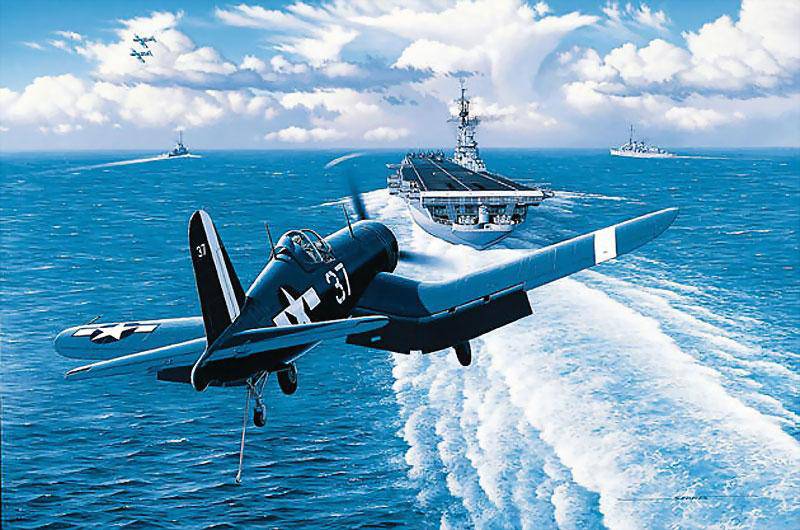
Fighter F4U-4 "Corsair" comes in to land on the deck of an aircraft carrier from the left turn (to improve visibility) (Fig. Site gallery.ykt.ru)
The main armament of the F4U “Corsair” fighters were six 12.7-mm machine guns placed in the wing. On small-batch models, the F4U-1С and F4U-4В instead of machine guns, four 20-mm guns were installed, which had a much lower rate of fire.
Taken from the aircraft carrier F4U-4В "Corsair" with cannon armament. (Fig. Site www.asisbiz.com)
The first deck modification of the F4U-1А fighter could carry one or two 454-kg bombs or an outboard fuel tank per liter 644 on the ventral node. The fighter-bomber F4U-1D "Corsair" was additionally equipped with additional suspension points for two 454-kg bombs and eight 127-mm unguided HVAR missiles. The total bomb load (one 908-kg bomb under the fuselage and two 454-kg under the wings) reached 1800 kg. Instead of bombs under the wings, two PTBs of 583 liters could be hung.
Landing F4U-4 "Corsair" demonstrates a set of weapons on external hangers, September 2011 g. (Photo site www.jetphotos.net)
Same F4U-4 “Corsair” parked in Wisconsin, USA, 24 July 2011 (Photo by www.airliners.net)
The outboard armament of the F4U-4 usually consisted of two 454-kg bombs and eight 127-mm unguided rockets on the wing assemblies. The later F4U-4 series were able to hang a single 298-mm Tiny Tim rocket under the fuselage.
Night fighter F4U-2N "Corsair" with a radar on the right console. (Fig. Site wardrawings.be)
The night version of the Corsair F4U-2 fighter (a total of 34 based on the F4U-1 / 1А) was built with an AN / APS-6 radar located on the right wing console. The detection range of bombers it was no more than 8 kilometers. The number of 12.7-mm machine guns was reduced to five.
In flight night fighter F4U-5NL "Corsair" post-war release at an air show in our time. (Photo site getbg.net)
The British carrier-based fighter "Corsair" Mk.II (III, IV), in contrast to their American counterparts, had a wing console see the 36 shortened for the possibility of placing them in the lower hangars of the British aircraft carriers.
Fighter "Vout" ("Goodyear") "Corsair" Mk.IV (FG-1D) at the air show in Canada (Ontario), July 16 2012 (Photo by www.airliners.net)
Protection of the Corsair pilot was provided by an armored seat back, an armored pod and triplex glass of the cockpit visor.
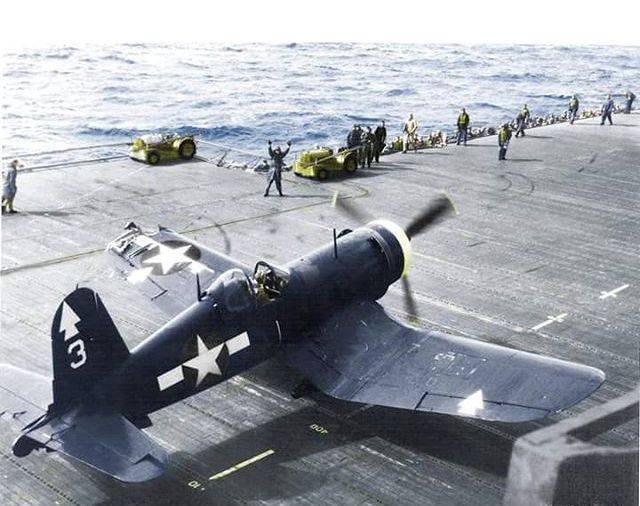
F4U-1D “Corsair” after landing with a damaged left wing console, February 1945. (Photo site ww2db.com)
With the start of 1944, the deployment of F4U-1C / D Corsair deck fighter-bomber squadrons began on the decks of American aircraft carriers.
Fighter-bomber F4U-1D "Corsair" on the deck of the aircraft carrier "Essex" after the sortie, July 1945 g. (Photo site 3.bp.blogspot.com)
The British first combat squadron "Corsairs" were formed in the fall 1943 year. From April 1944, they took an active part in the operation to destroy the German battleship Tirpitz in the Norwegian Arctic waters as escort fighters and attack aircraft.
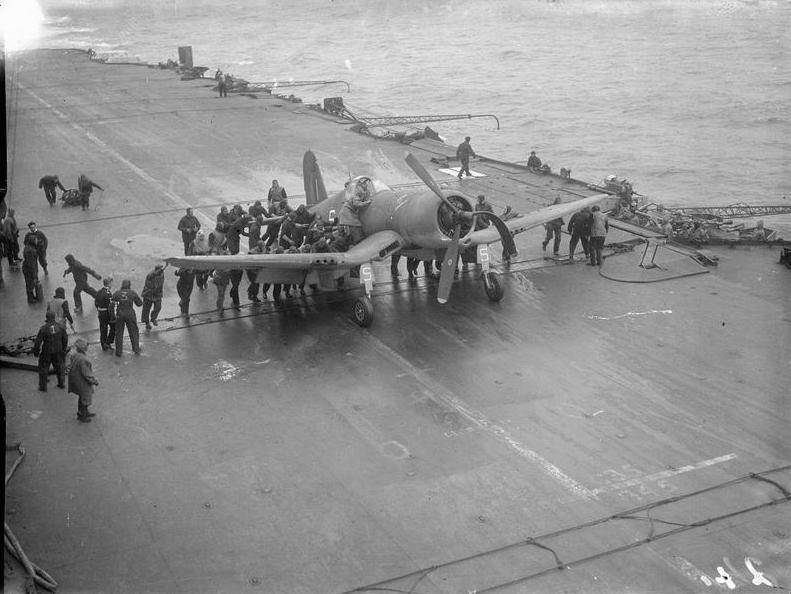
"Corsair" Mk.II on the deck of the aircraft carrier "Illastries" after another attack of the German battleship "Tirpitz", April 1944. (Photo site ww2today.com)
24 August 1944 one of the "Corsairs" Mk.II from the aircraft carrier "Formidable" managed to get one hit in the battleship 454-kg by a bomb that did not harm the armored monster. Point in stories with the "Tirpitz" put the British heavy bombers "Lancaster" with 12000-pound bombs only in late October.
Fighter F4U-1D "Corsair" in the air duel with А6М5 "Zero" (Fig. Goodfon.ru site)
Possessing high speed characteristics, the Corsair, skillfully using the tactics of delivering lightning strikes and quick leaving, proved to be an excellent fighter in air battles. The ratio of casualties and downed enemy planes at the Corsair was one of the highest and was 1 / 11.3.
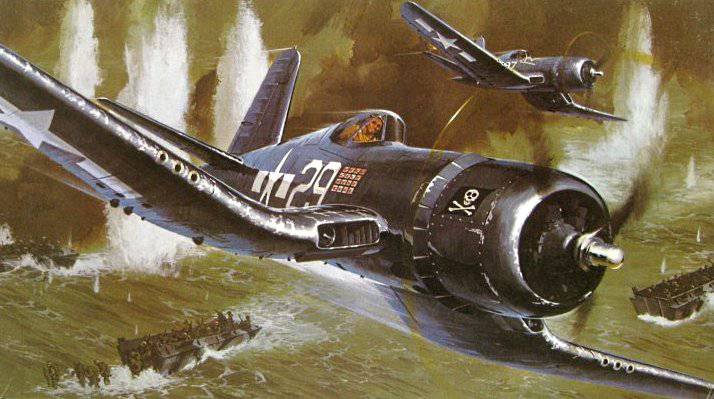
F4U-1A "Corsair" provides landing of marines, 1945 g. (Www.oldmodelkits.com)
In April, the 1945 of the year in the course of the Okinawa fighting "Corsairs" F4U-1С / D were actively used to provide direct fire support to the naval landing forces to seize the island. For their high performance, the Corsairs called the "Angels of Okinawa."
The Corsair F4U-4 fighters strike the ground target of 127-mm HVAR missiles. (Photo site anywalls.com)
More than three dozen fighter "Corsair" has survived to our days in flight-fit condition and regularly participate in various air shows.
F4U-4 “Corsair” at an air show in Florida, USA, 11 March 2016 (Photo by www.airliners.net)
Fighter “Vout” (“Goodyear”) FG-1D “Corsair” at an air show in California, USA, July 2002 (Photo by www.airliners.net)
Fighter "Vout" ("Goodyear") "Corsair" Mk.IV (FG-1D) at the airshow in England, 30 June 2012 g. (Photo site www.airliners.net)
References:
1. Shant K., Bishop. Aircraft carriers. The most formidable aircraft-carrying ships of the world and their aircraft: The Illustrated Encyclopedia / Per. from English / - M .: Omega, 2006.
2. Beshanov V.V. Encyclopedia of aircraft carriers / Under the general editorship of A.E. Taras - M .: AST, Minsk: Harvest, 2002 - (Library of military history).
3. Polmar N. Aircraft carriers: In 2 volumes. T. 1 / Per. from English. A.G. Patients. - M .: AST Publishing House LLC, 2001. - (Military History Library).
4. Patients A.G. Aircraft carriers. Illustrated Encyclopedia - M.: Yauza: EKSMO, 2013.
5. Kudishin I.V. Carrier-based fighters of the Second World War - M .: Astrel Publishing House LLC: AST Publishing House LLC, 2001.
6. Kharuk A.I. Fighters of the Second World War. The most complete encyclopedia - M .: Yauza: EKSMO, 2012.
7. Kotelnikov V.R. "Spitfire". The best fighter of the Allies - M .: VERO Press: Yauza: EKSMO, 2010.
8. Kharuk A.I. percussion aviation World War II - attack aircraft, bombers, torpedo bombers - M .: Yauza: EKSMO, 2012.
9. Kharuk A.I. "Zero". The best fighter - M .: Collection: Yauza: EKSMO, 2010.
10. Ivanov S.V. Fairey Firefly. War in the air (No. 145) - Beloretsk: ARS LLC, 2005.
11. Ivanov S.V. F8F Bearcat. War in the air (No. 146) - Beloretsk: ARS LLC, 2005.
12. Ivanov S.V. F4U Corsair. War in the air (No. 109) - Beloretsk: ARS LLC, 2003.
13. Doroshkevich O. Airplanes of Japan of the Second World War - Minsk: Harvest, 2004.
Internet resources:
http://www.airwar.ru;
http://pro-samolet.ru;
http://wp.scn.ru;
http://www.aviastar.org;
http://wardrawings.be/WW2;
http://www.airpages.ru;
http://www.airaces.ru.
To be continued ...
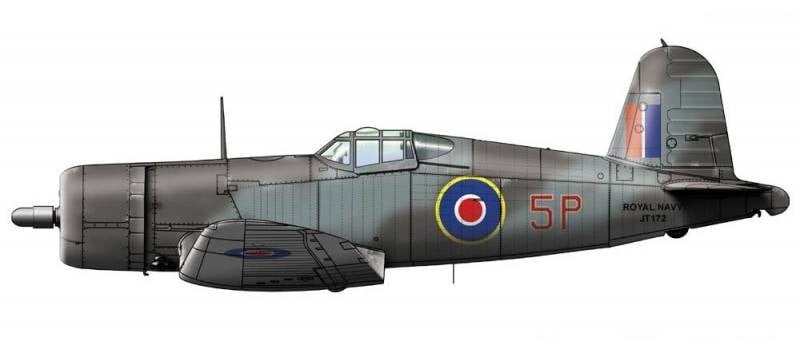
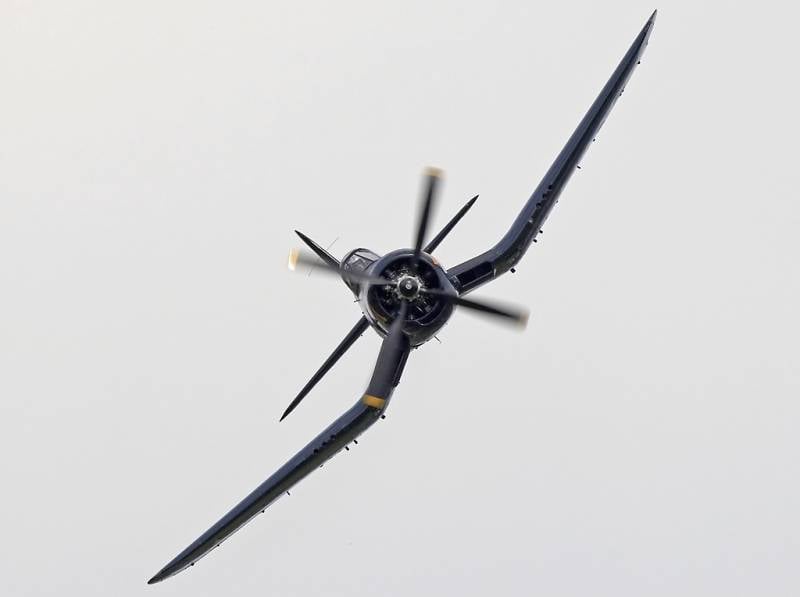
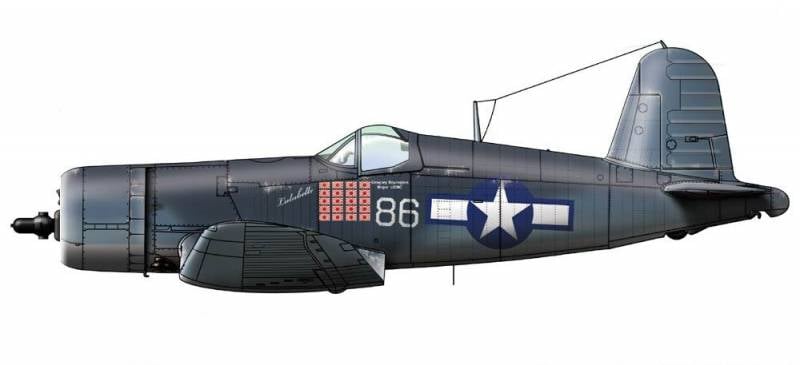
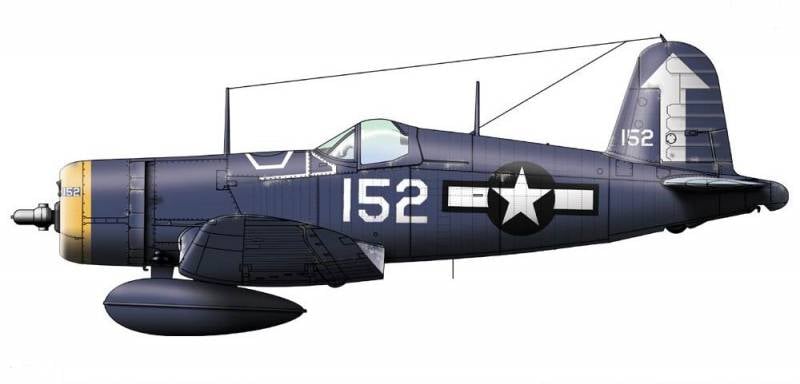
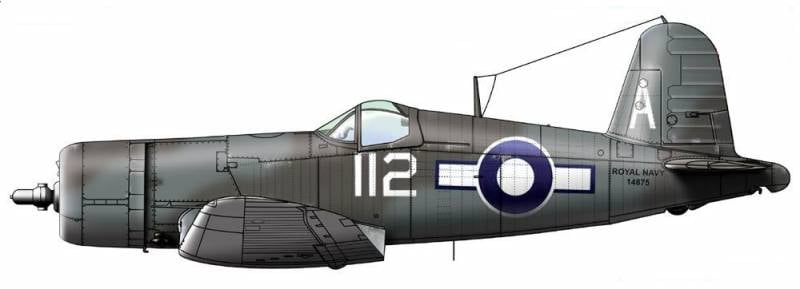
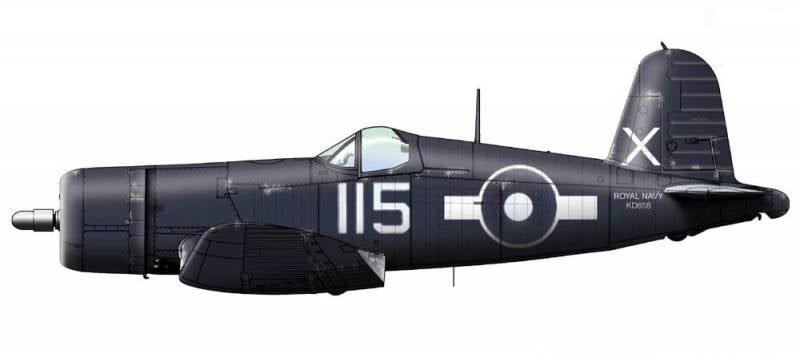
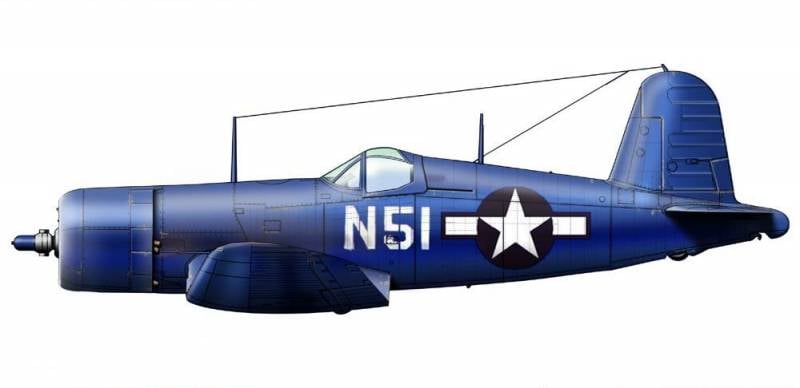
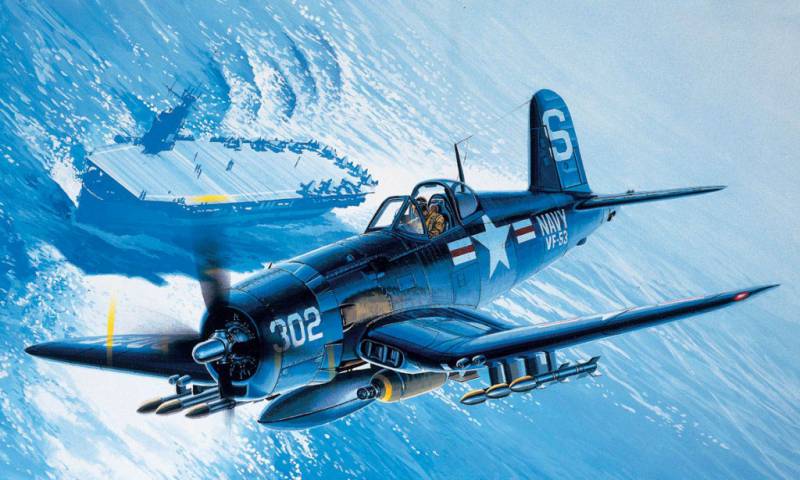
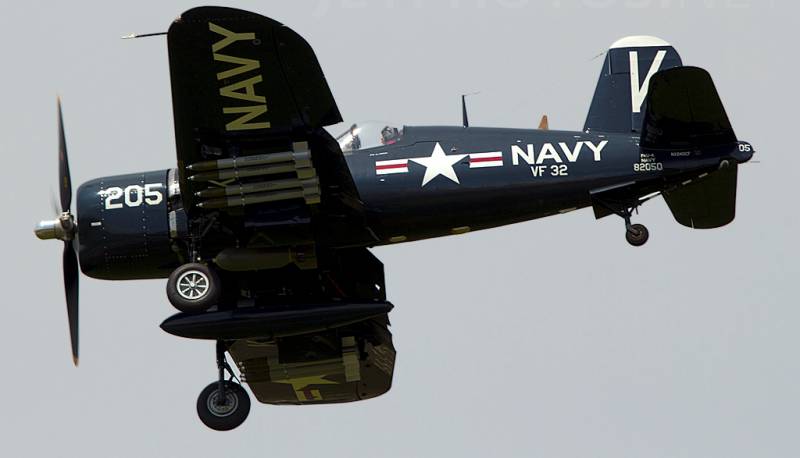
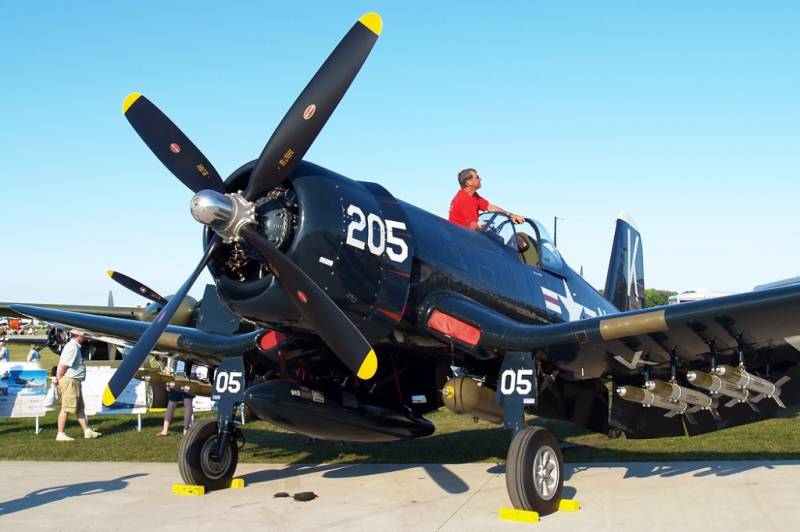
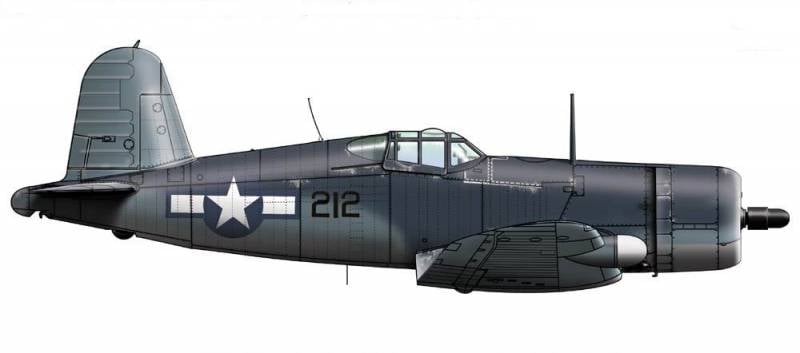
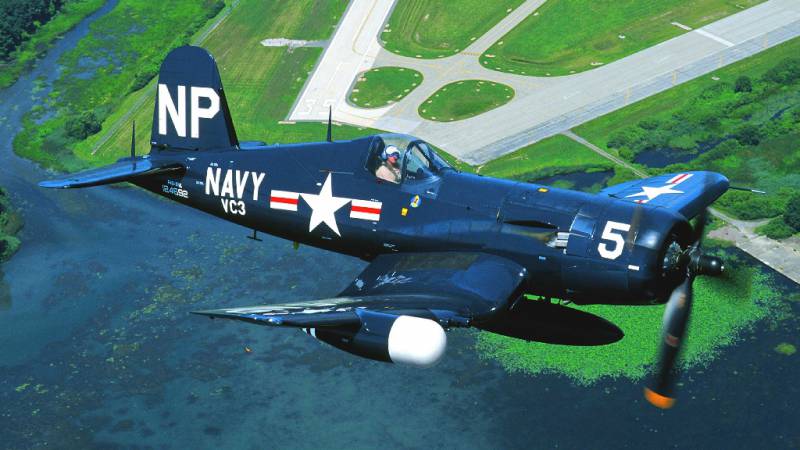
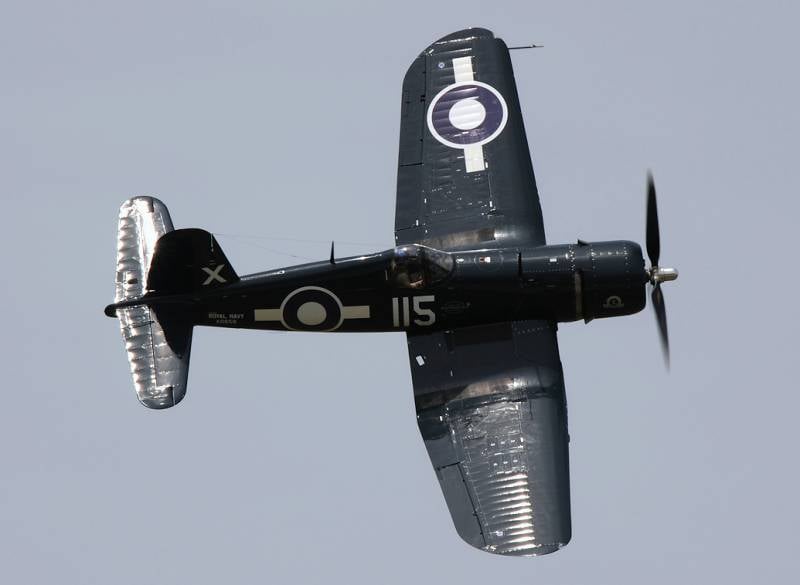
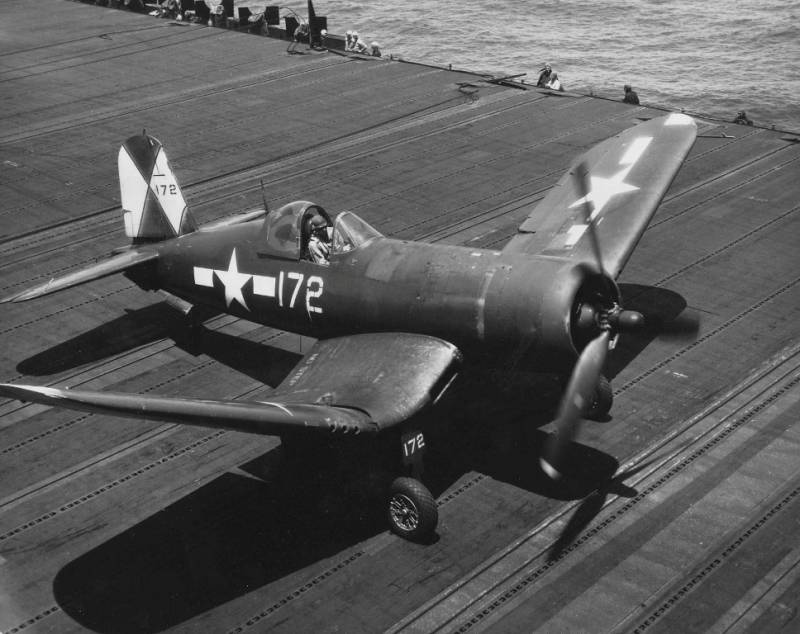
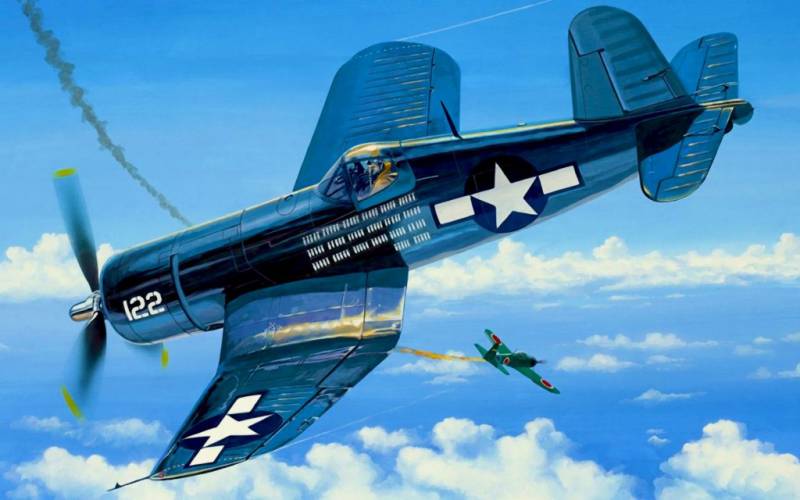
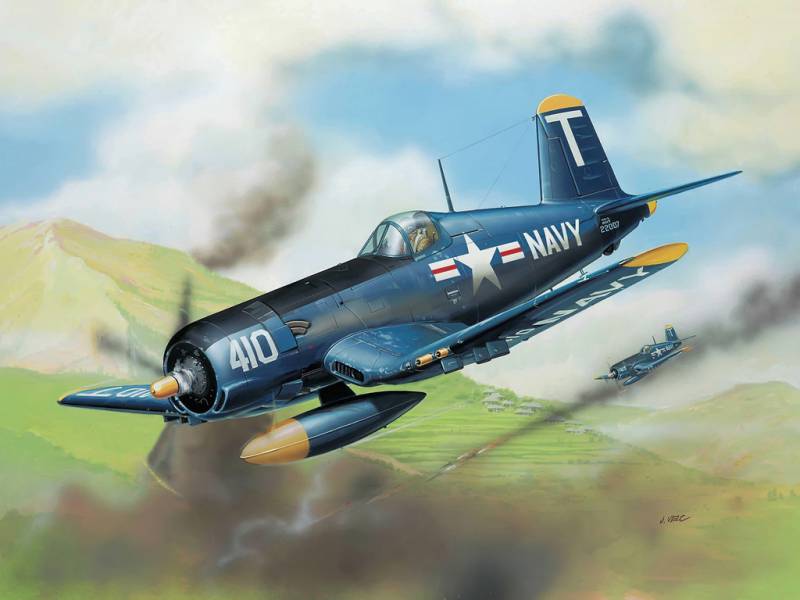
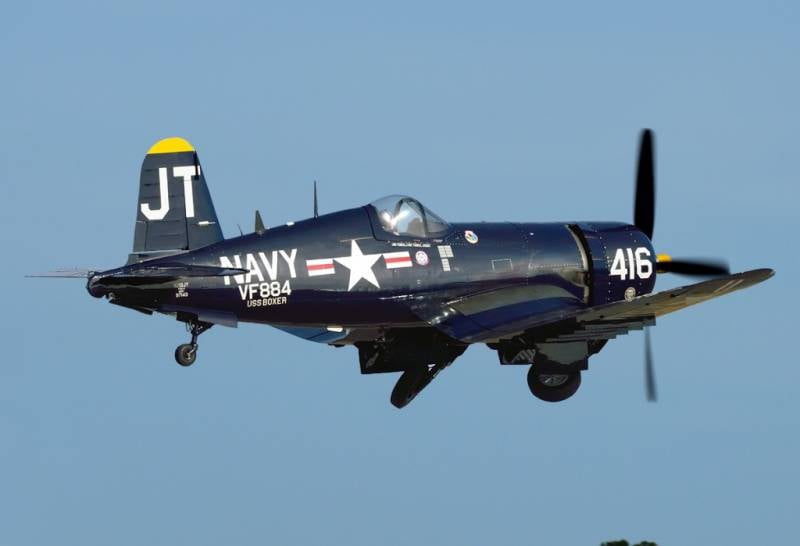
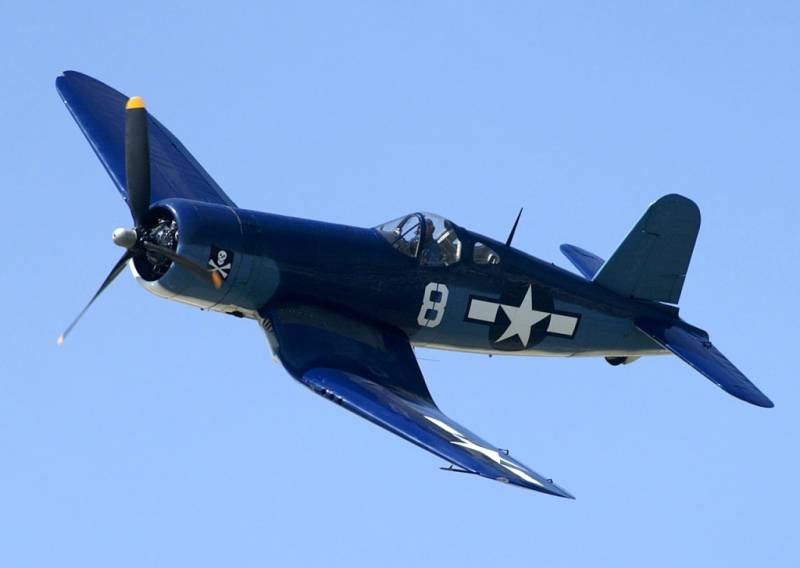
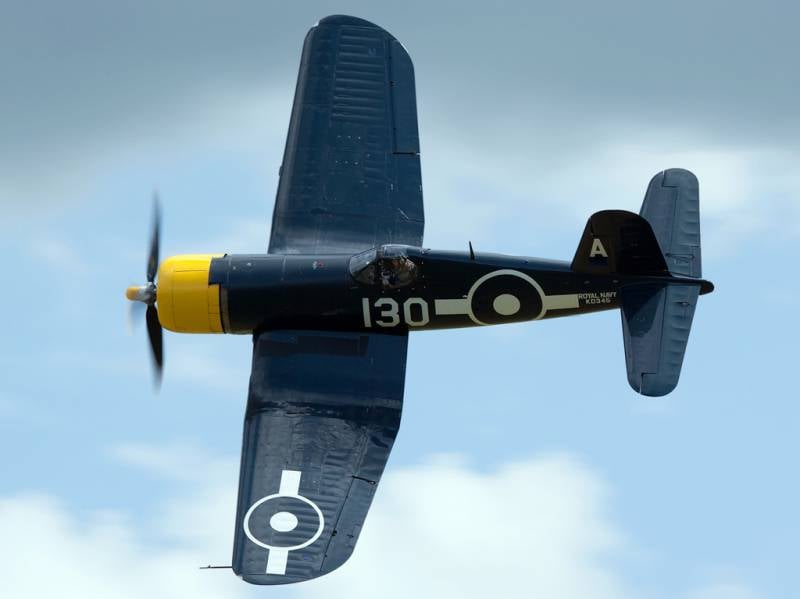
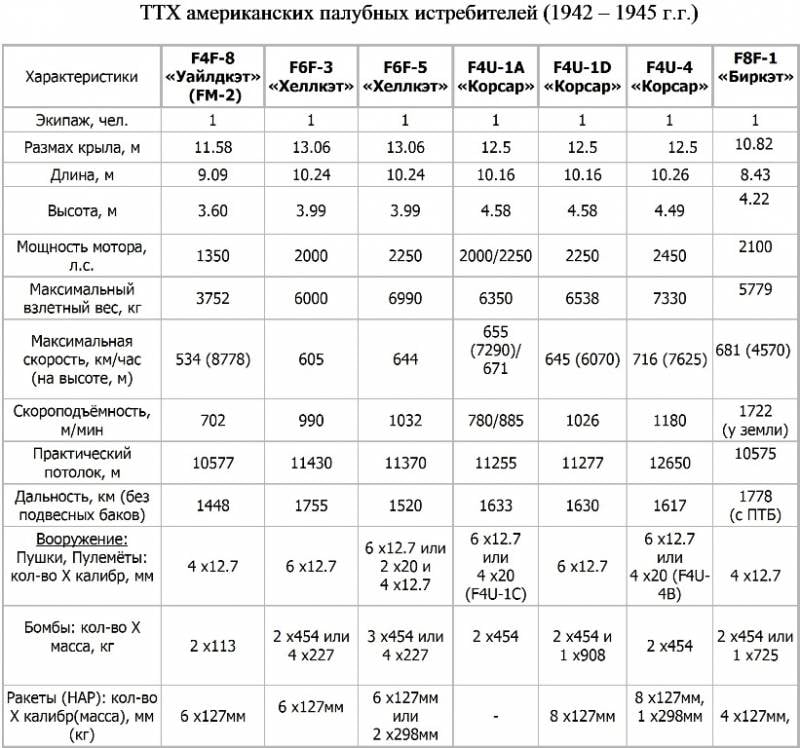
Information